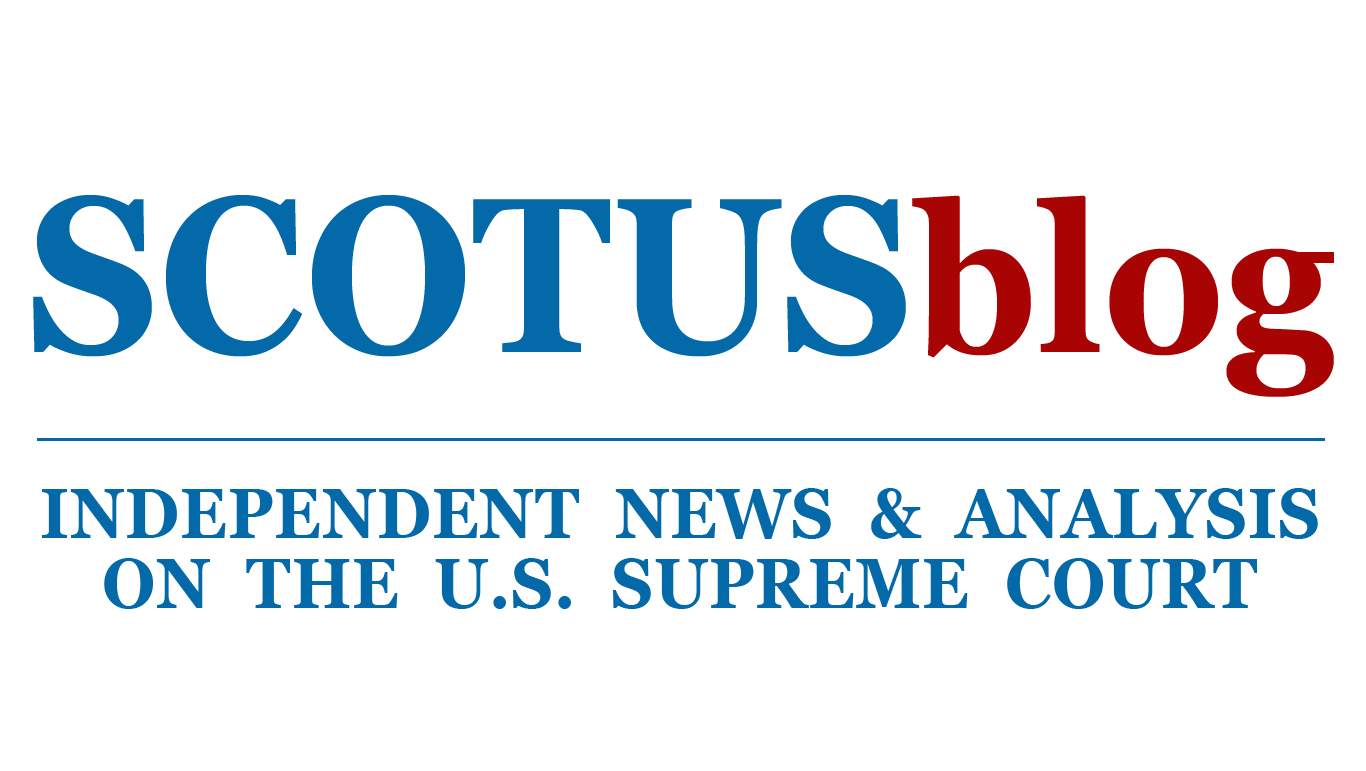SCOTUS News
Justices throw out Trump Twitter case

on Apr 5, 2021 at 3:14 pm

Just under three months after former President Donald Trump was permanently banned from Twitter, the Supreme Court put an end to a legal battle over Trump’s personal Twitter account, throwing out a lower-court ruling against the former president and instructing that court to dismiss the case on the ground that it is moot – that is, no longer a live controversy.
The lawsuit was filed in July 2017 by the Knight First Amendment Institute and seven individuals whom Trump had blocked on Twitter after they criticized the president or his policies. The plaintiffs alleged that blocking them on Twitter violated the First Amendment, and the district court agreed. The U.S. Court of Appeals for the 2nd Circuit upheld that ruling.
Represented by former Acting U.S. Solicitor General Jeffrey Wall, the federal government’s top lawyer in the Supreme Court during the end of the Trump administration, Trump asked the justices to weigh in last summer. Wall contended that the 2nd Circuit’s decision disregarded “the critical distinction between the President’s (sometimes) official statements on Twitter and his always personal decision to block” the plaintiffs from seeing and responding to his tweets. The lower court’s ruling, he wrote, would limit the ability of public officials to “insulate their social-media accounts from harassment, trolling, or hate speech without invasive judicial oversight.” Particularly when it comes to the president, Wall concluded, the Supreme Court should have the final word on “where to draw the line between the President’s personal decisions and official conduct.”
The plaintiffs urged the justices to stay out of the dispute, telling them that the lower court had “correctly applied well-settled precedent” in concluding that Trump’s actions in blocking them from his Twitter account violated the First Amendment. The evidence in the case shows, they wrote, that the president’s personal Twitter account “functions as an official source of news and information about the government, and as a forum for speech by, to, and about the President.” Moreover, they added, the 2nd Circuit’s ruling does not conflict with the decision of any other court of appeals – an important factor for the justices in determining whether to take up a case.
In a brief filed in January, the Trump administration told the justices that, although the 2nd Circuit’s decision was worthy of their review, the case would become moot once Joe Biden succeeded Trump as president on Jan. 20. Trump had been sued as the president, rather than in his personal capacity, the administration explained, but Biden would not have any control over Trump’s Twitter account. (Twitter’s Jan. 8 suspension of Trump’s Twitter account, the administration suggested, did not make the case moot because Twitter could always reverse that decision.) Therefore, the Trump administration argued, the court should vacate the 2nd Circuit’s decision in favor of the challengers and send the case back with instructions to dismiss it – a procedure known as Munsingwear vacatur. The decision should not be allowed to stand, the administration contended, and serve as a precedent for future disputes when it “might not have survived this Court’s review but for ‘mootness by happenstance.’”
After considering the case at 11 consecutive conferences, the court finally followed the Trump administration’s suggestion and sent the case back to the 2nd Circuit with instructions to dismiss it as moot. Justice Clarence Thomas wrote a lengthy opinion (perhaps at least partly explaining the delay in disposing of the case) in which he approved of the court’s decision to vacate the 2nd Circuit’s ruling against Trump but stressed that the case “highlights the principal legal difficulty that surrounds digital platforms – namely, that applying old doctrines to new digital platforms is rarely straightforward.” Thomas suggested that the justices “will soon have no choice but to address how our legal doctrines apply to highly concentrated, privately owned information infrastructure such as digital platforms,” but he agreed that Trump’s case was not the right one in which to do so.
This post was originally published at Howe on the Court.


